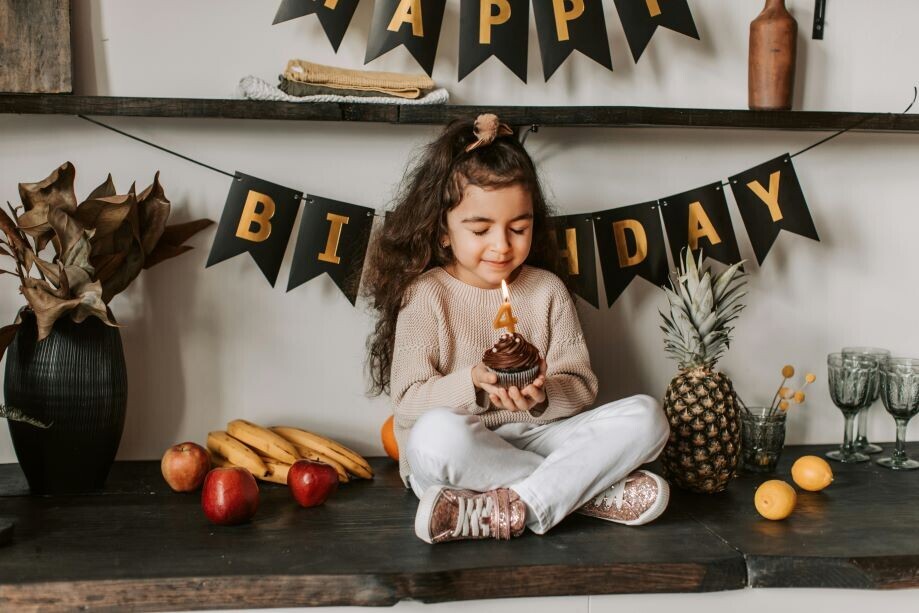 Autonomy in Child Development
Autonomy in Child Development
At about 4 years of age, you will begin interacting with your child in a new way. During the first three years, your child has largely engaged with life through her senses. Her brain has been busy encoding odors, textures, tastes, sights, and sounds. His life has been a giant sensory feast. But you may have already noticed that your child is gradually becoming less transfixed with these sensory experiences. Something important is happening in your child’s life. Her behavior is becoming increasingly controlled by abstractions. She is now responding to symbols in ways she never has. Previously, her world was composed of individual objects; now, it is filled with classes of objects. She no longer pets just a dog but knows that dog she is petting is similar to many other dogs that look quite differently. She knows they all may have different names, but they are all dogs. An important system of abstraction is emerging in her behavior called language. This system will increasingly dominate her interactions with her world and will become the basis of her thinking. This is a time of large developmental changes, and your child can benefit greatly from your interactions with him.
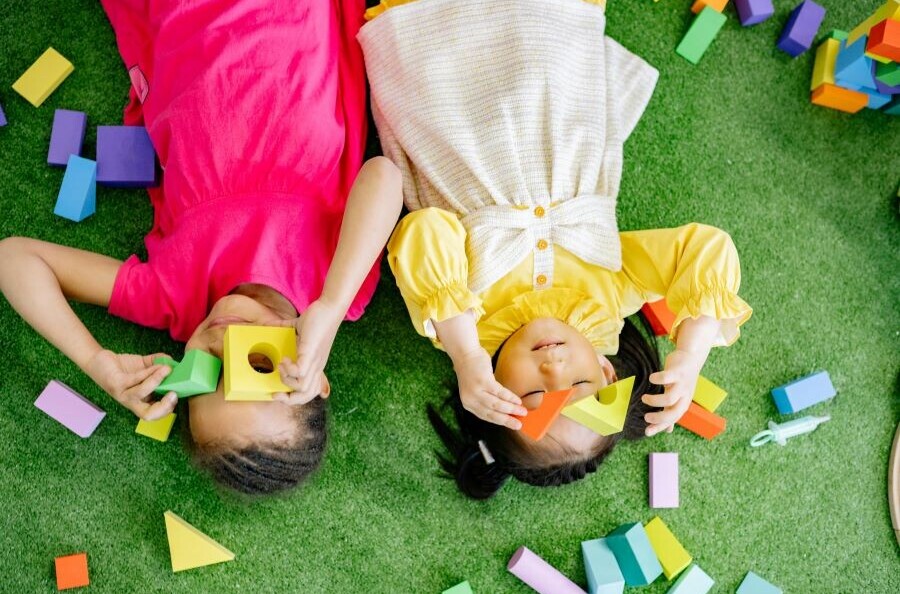 Cognitive Developmental Milestones Fourth Year
Cognitive Developmental Milestones Fourth Year
In his cognitive development, your child will acquire the ability to form symbols. It is this symbol development that will dominate her cognitive development. Not only will these symbols form, but they will acquire names, thus enriching your child’s language. So far, your child has been developing skills necessary for drawing. To date, most of your child’s drawing has been scribbling and forming lines and shapes. Through this, your child learned to create symbolic space on paper. Now, those lines and shapes will begin to form objects, people, animals, etc. The symbolic space that your child forms will begin to have references to the environment. These first references will indicate sky and ground. Drawing is very important for your child’s cognitive and academic skill development. Your child’s repertoire of writing skills will emerge from her drawing skills. Writing skills are a subset of drawing skills. Written words are a type of visual symbol, just like the pictures your child is drawing. Your child will represent figures using lines to make stick figures and will begin naming colors.
You will see other pre-academic skills emerge, such as naming numbers and capital letters, as well as drawing some of the letters. At this age, your child is drawing letters and will include them in his drawings. His writing repertoire has not yet emerged from drawing. When you read to your child, you will notice she follows the story line much better. He is less dependent upon pictures for information about the story. She will also begin predicting events in the story, indicating her sense of cause and effect is developing. An important skill that will also facilitate her social development is that of playing board games. At first these will be simple games with short durations, but board games will become more social as he grows older.
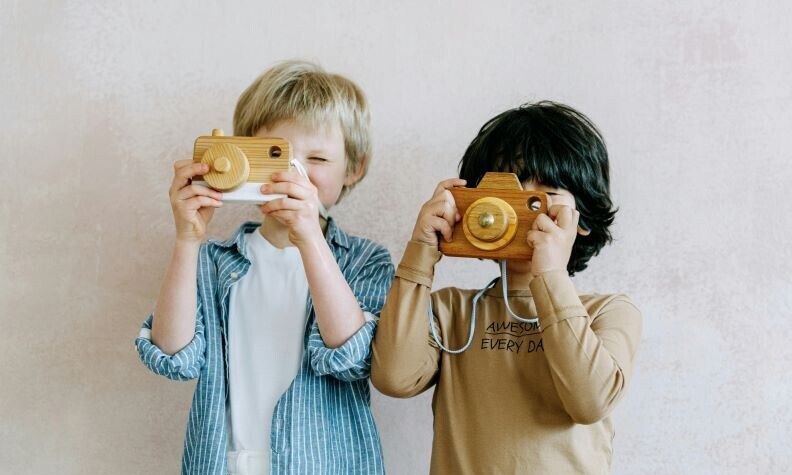 Social/Emotional Developmental Milestones
Social/Emotional Developmental Milestones
Socially, your child’s social skills will develop making it possible for him to play with and not just along side other children. This type of play is more complex in that it requires your child to take into consideration the other child’s interests and desires. This is a very basic social skill that is foundational for most other social skills. Social interaction is basically the taking into consideration of other people. Because the desires of others are often complex and not easy to decipher, this is not an easy skill to learn. Your modeling of this skill and cues you give your child when she is interacting with other children are important for your child’s learning.
Your child’s pretend play will be affected by this social development and awareness. He will begin to play out social roles such as “mommy” and “daddy.” Other social interactions will become part of your child’s pretend play, such as taking photos, as are the little girls in the picture above are doing. Learning to distinguish between pretense and reality will also begin to develop and your child will sometimes confuse pretend actions with functional actions. Thus, you will need to be aware of how your child understands any situation. This confusion is part of her developing symbol development. Your child is also becoming more aware of her own interests and desires. Due to her social development, she will want to tell others about them. He is not yet aware that others are not as interested in his interests as he is.
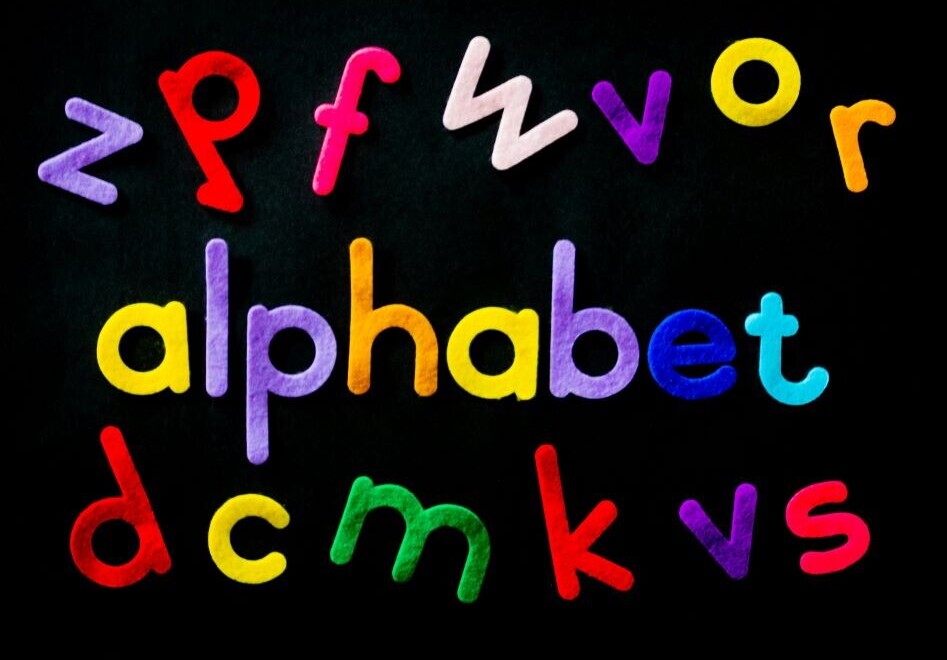 Language Development Milestones
Language Development Milestones
You child will learn to speak in sentences. This is a big development over the single words and short phrases he has been using. For this reason, your child is acquiring the ability to remember more of her experiences in a more coherent manner. She will begin to tell you about experiences she has had. Essentially, her social interaction is becoming more centered in language and speech. Other language development skills that emerge are the abilities to say her first and last names and to recognize rhymes.
To facilitate your child’s language and social development, you can show interest in your child’s experiences, such as what she did at daycare. Before, he did not have the skills to tell you; now he does. Give him time to tell about his day and show interest in what he says. This is a very natural parent-child interaction that will facilitate your child’s language skill development.
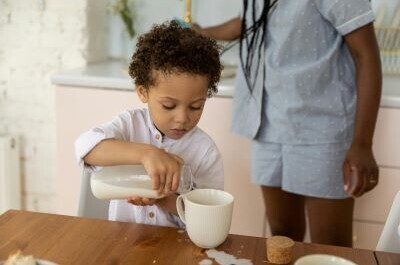 Movement Development Milestones
Movement Development Milestones
You will find your child’s movements becoming much more coordinated. He will not only walk up and down stairs with more confidence, but will hop and will walk backwards. At four years, your child’s motor and social developments are reaching a point where she can begin playing group sports. Both motor and social development are important in group sports, because he has to be able to perform the motor actions of the sport but also be a member of a team. Up to this time, your child did not have either of these skills. Dancing, singing, and playing music with others are other activities that will give your child opportunities to develop important motor skills. In her play, you will notice your child can hammer a peg into a hole and her eating skills will include pouring a liquid into a glass. Pouring liquid into a glass is a more complex skill. It involves your child executing a motor task while watching the level of liquid increasing in the glass and recognizing when to stop pouring. From the above discussion, it is obvious that motor development interacts with development in all the other areas.
Four Year Development Activities
Your child is now able to do many more things for herself and is becoming more independent. It is good to remember that this desire for independence is a major motivational force in your child’s development. Human beings at all ages are motivated to be more independent. Lacking this motivation is a sign of mental disturbance. Thus, give your child more freedom to be independent, but remember he still needs your help in acquiring the skills he needs for his future development. Failure to adequately develop the skills that naturally emerge at each level will have negative impacts on future development.